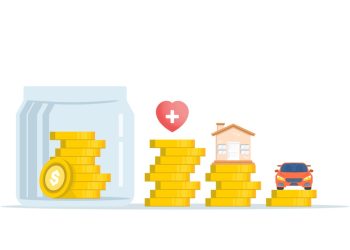Throughout the pandemic, home prices have continued to rise, inflated by a lack of homes on the market. According to the CoreLogic Home Price Index (HPITM) and HPI ForecastTM for April, home prices were up 5.4 percent YoY, and compared to March of 2020, home prices increased 1.4 percent. Condos and duplex home prices increased 4.3 YoY in April, while single-family detached homes increasing 5.7 percent YoY.
In the next year, however, CoreLogic predicts that the U.S. index will fall 1.3 percent, a decline after nine consecutive years of price gains.
“The very low inventory of homes for sale, coupled with homebuyers’ spur of record-low mortgage rates, will likely continue to support home price growth during the spring,” said Dr. Frank Nothaft, chief economist at CoreLogic. “If unemployment remains elevated in early 2021, then we can expect home prices to soften. Our forecast has home prices down in 12 months across 41 states.”
According to the Market Risk Indicator (MRI), the following housing markets have a very high probability (over 60 percent) of declining home prices over the next year: Prescott, Ariz.; Huntington, W.V.; Cape Coral-Fort Myers, Fla.; and College Station-Bryan, Texas. The MRI predicts a moderate risk (40-60 percent) for North port-Sarasota-Bradenton, Fla.
“Tight supply and pent-up demand, particularly among millennials, provides optimism for a bounce-back in the housing market purchase activity and home prices over the medium term,” said Frank Martell, president and CEO of CoreLogic. “The next 12 to 18 months are going to be very tough times for the broader economy. As employment and economic activity begin to pick up, as it will surely do, we expect housing to be a driver in a national recovery.”
For more information, please visit www.corelogic.com.











